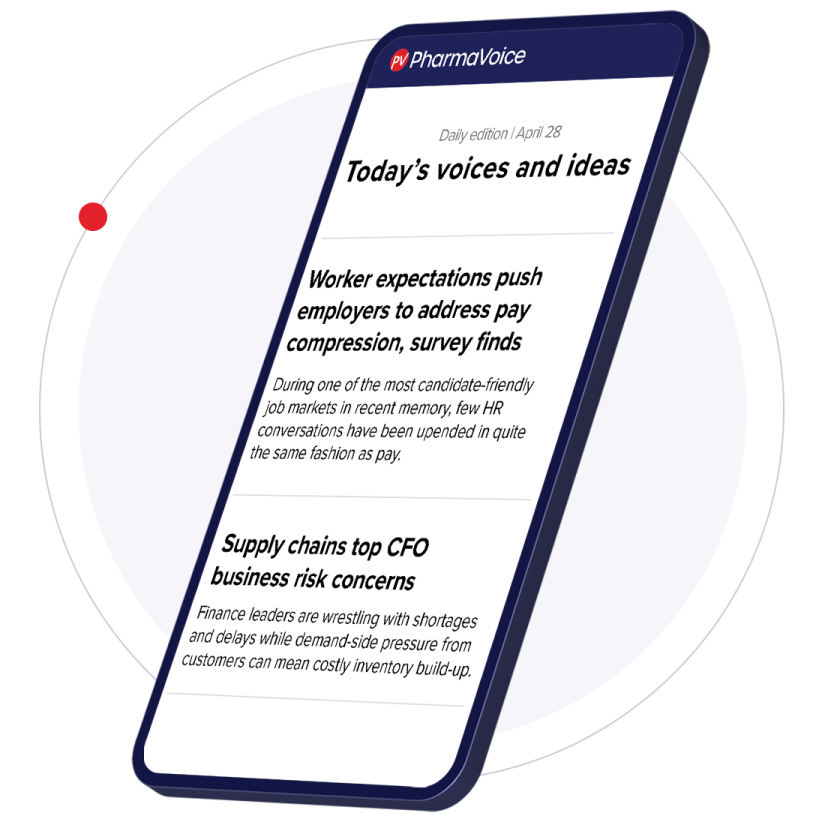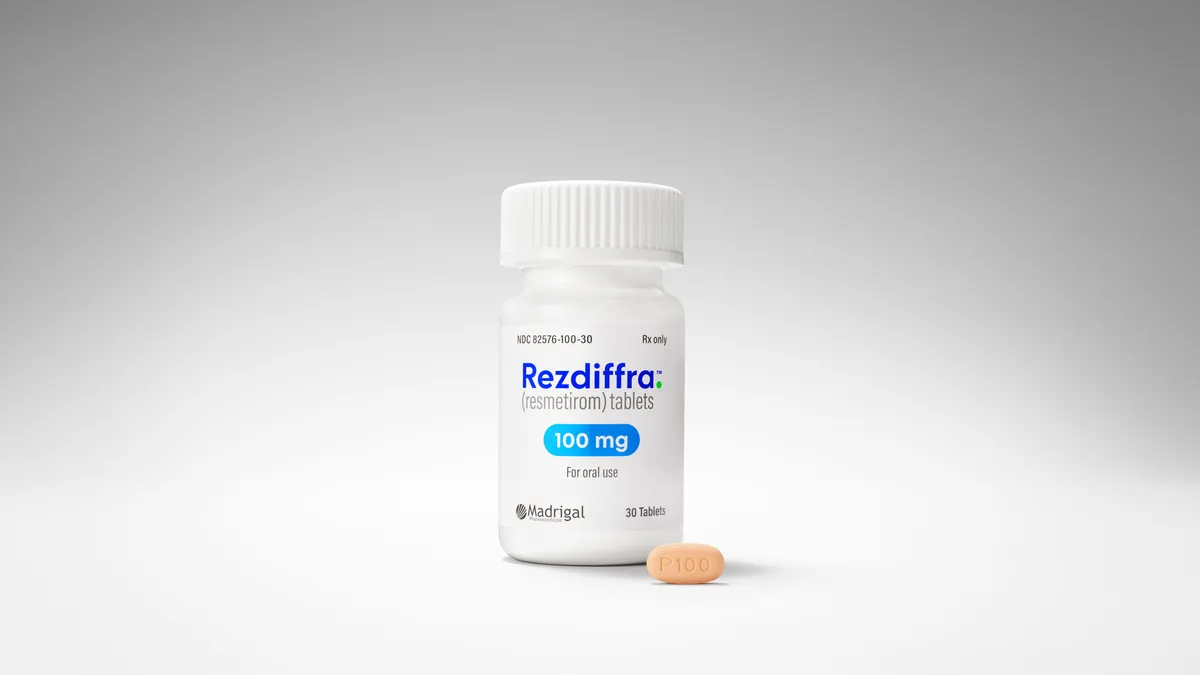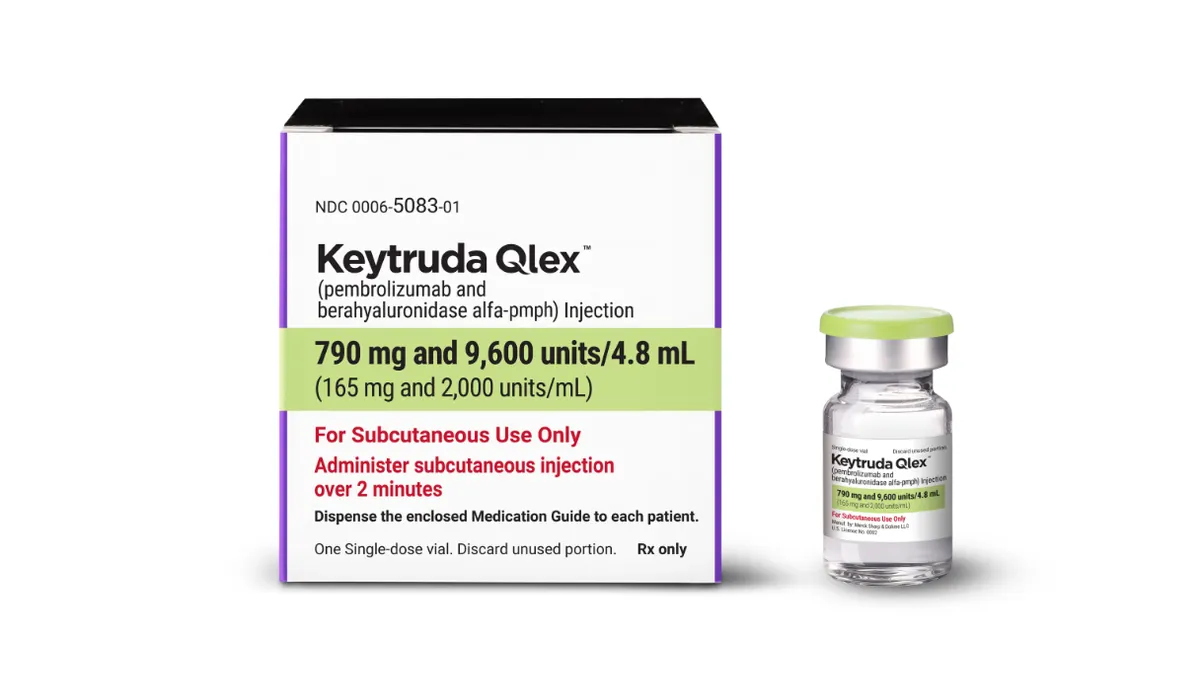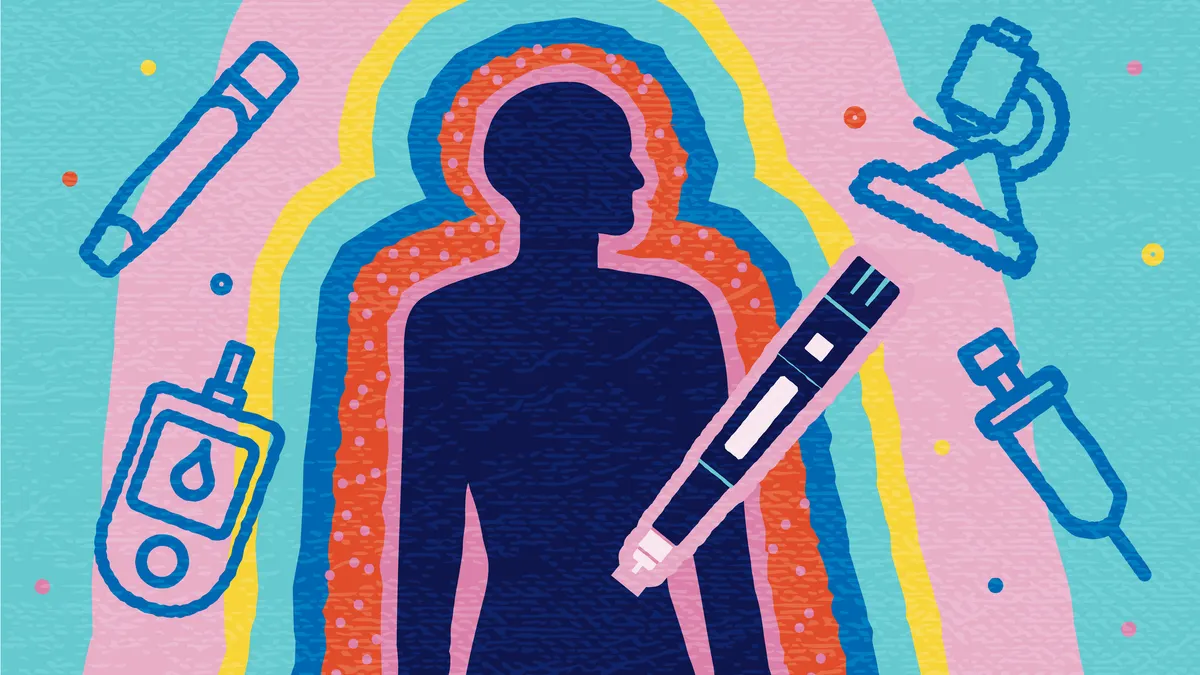When Sarepta Therapeutics revealed this month that a confirmatory trial for two of its marketed Duchenne muscular dystrophy drugs failed to reach its primary endpoint, that could have signaled the end of the line for the treatments.
But company leaders weren’t ready to give up the ghost. Instead, they’re planning to meet with the FDA to discuss “converting from an accelerated to traditional approval,” based on other clinically meaningful changes seen in the 6- to 13-year-old study subjects.
Sarepta isn’t the first company to recognize that a failed trial isn’t necessarily a death sentence, and it’s already rescued one drug from the brink. Its DMD gene therapy Elevidys received full approval and a label expansion even though a late-stage trial didn’t meet the primary endpoint.
This flexible approach is not without critics. Some experts say when a drug trial flops, the company should mark a hard stop.
“There's no wiggle room in my mind,” said Dr. Joseph Ross, professor of medicine and public health at the Yale School of Medicine. “I cannot understand how a trial that's designed to demonstrate whether a drug works or not, if it fails, how a drug could then get approved for use. Because what was the point of the trial?”
Trials are already designed to give products the best possible chance of demonstrating a benefit.
“And so if it's null, it's null,” he said.
The need for speed
The FDA’s accelerated approval pathway gives more latitude to drugs for serious diseases like DMD that have few treatment options. Companies can gain rapid approval based on surrogate endpoints, such as laboratory results or other measures that show the drug has potential to work, even if it hasn’t demonstrated a clinical benefit. But they have to confirm the results with a follow-up trial to gain full approval. If they can’t, the drug could get pulled from the market.
The accelerated approval pathway is an important mechanism to help critically ill people gain faster access to new drugs. But the process can also raise ethical and safety concerns.

In recent years, the FDA has approved dozens of drugs that have fallen short. Approximately 10% of all approvals between 2018 and 2021 involved a drug that missed at least one primary endpoint in a pivotal trial, according to a study co-authored by Ross.
“I have been among the chorus of people thinking that the FDA has gone too far towards allowing drugs to reach the market with too much uncertainty in terms of the evidence,” he said. “But it's not just the FDA. They're constantly pushed in that direction by Congress, industry and patient advocacy organizations.”
In addition to approving drugs with limited or questionable efficacy, a 2022 Office of Inspector General report found that companies often moved too slowly with required follow-up trials, and many were incomplete or late.
Approvals through the FDA’s accelerated pathway have produced wins, including speeding patient access to life-saving HIV antiretroviral drugs. But it’s also led to patient harm. Pfizer’s Oxbryta was granted accelerated FDA approval in 2019 but later withdrawn over safety concerns, including reports of several patient deaths.
They also generate controversy. Biogen and Eisai’s Alzheimer’s drug Aduhelm, for example, gained approval despite one of its two phase 3 trials failing. The drug did demonstrate a reduction in the amount of amyloid plaque in the brain but only a modest improvement in clinical symptoms. It was later pulled from the market after insurers and CMS pushed back on coverage.
A risky proposition
When a drug is approved without clear evidence of a benefit, it raises several risks around safety and costs.
“Some of these very expensive gene therapies, biologics and other specialty drugs can bankrupt families,” he said. The broader public also shoulders some of the financial burden with higher insurance premiums and other costs.
There need to be more stringent FDA standards to protect patients, he said.
“My general feeling has been, if we as a society are going to allow products to get approved with less certain evidence so they can to reach patients sooner, we need to do a better job of ensuring that companies are completing the confirmatory trials in the post-market period within a reasonable period of time, so we know they work and that patients aren't wasting their money,” Ross said.
Another way to ensure that treatments are hitting the mark is to create an evidence-generation system using existing data sources to allow product monitoring beyond clinical trials to ensure safety and efficacy, he said. Increasing oversight can help restore the balance between getting new promising treatments to patients faster while ensuring scientific rigor.
The absence of those guardrails can have broader public health implications beyond any one drug.
“It diminishes the confidence the public has in the FDA,” Ross said.


















